A Public Company is a company like any other which owns assets (e.g. Cash in a bank account, Buildings, Investments, Mining Royalties etc.) • The Public Company has a number of shares outstanding which are owned by a number of shareholders ‒ If you own 100% of the shares, you own 100% of the company, and therefore own 100% of the company’s assets ‒ If you own 20% of the shares, you own 20% of the company, and therefore own 20% of the company’s assets • The defining feature of a Public Company is that the shares are available to the Public to purchase ‒ The shares are publicly traded and can be bought and sold ‒ If you buy more shares, you own more of the company and if you sell more shares, you own less of the company • Public Company Examples: ‒ Google, Microsoft, Facebook, Nations Royalty
What are the defining characteristics of a public company?
Create Cash from Shares
A Public Company that owns the following assets: 1. C$5.7 million in Cash 2. Mineral Tax Royalty on Brucejack Mine 3. Mineral Tax Royalty on the Premier/Red Mountain Mine 4. Mineral Tax Royalty on the KSM Project 5. Royalty on the Kitsault Project • Nations Royalty has 144.7M shares outstanding: ‒ Nisga’a Nation = 111.1M shares or 76.8% ‒ Management Team & Fiore Group = 22.5M shares or 15.6% ‒ Public Investors = 11.1M shares or 7.7% • The shares are available to the Public to purchase ‒ Nations Royalty shares trade on the TSX Venture stock market under the ticker symbol “NRC” • Nations Royalty is the largest Majority Indigenous Owned Public Company in Canada(1)
Nations Royalty’s vision is to unite First Nations and Indigenous Groups across Canada by inviting them to become Major Shareholders in the company as they pool their Mining Royalties together inside of Nations Royalty
Mining Royalty Companies are not a new idea – there are already dozens of them that exist today precisely because Royalties Together With Other Royalties are worth a lot more money than Royalties By Themselves – some of Canada’s largest Mining Companies are Mining Royalty Companies
They do not operate mines at all, but instead receive cheques from Mining Companies since they own Mining Royalties as their assets ‒ What differentiates Nations Royalty, is it is the only Mining Royalty Company that is Majority-Indigenous owned – this allows for an Indigenous-Owned Mining Royalty to be placed inside of a Mining Royalty Company (i.e. Nations Royalty), but in a way where the royalty assets continue to be owned by Indigenous Peoples
Benefit agreements are agreements established between resource companies and Indigenous communities. They are legally enforceable multi-faceted agreements established to manage the predicted impacts of development projects and to secure benefits (i.e. financial, employment, training) for impacted communities.
Financial benefits included within Benefit Agreements vary widely and can include lump sum royalties, that take many forms. Modern agreements host topline royalties that have limited downside risk.
Nations Royalty will seek to acquire additional royalties and similar financial entitlements (referred to here as “Royalties”) on mining projects that are part of the financial benefits that Indigenous communities derive from their agreements with resource companies.
We have five agreements – only those in operations are paying Nisga’a a royalty at this time
Subscribe to our newsletter for the latest news on Indigenous partnerships and investments.

Suite 3123, 595 Burrard Street, Vancouver, British Columbia
V7X 1J1, Canada

Copyright © 2024 Nations Royalty Corp. – All Rights Reserved
Created By Exploration Sites